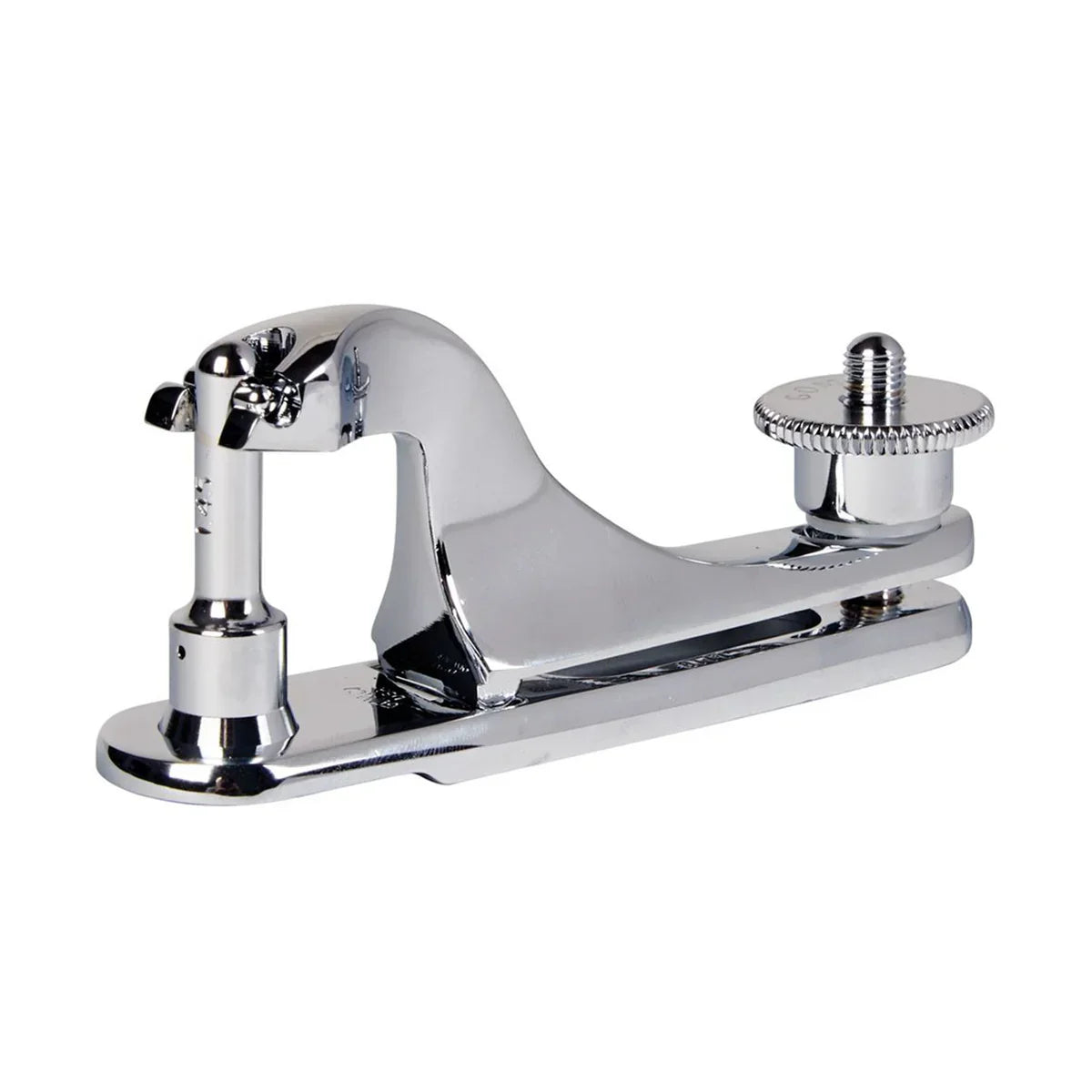Blog

Gomco Circumcision Devices USA | Reusable & Disposable Hospital Solutions
Why Circumcision Matters: Clinical Benefits Backed by Trusted Sources
Circumcision is one of the most widely studied surgical procedures, and medic...

Bugbee Monopolar Coagulating Ball Electrodes for Endoscopic Urology
Bugbee monopolar coagulating ball electrodes are flexible, ball‑tip electrosurgical electrodes designed for precise, controlled coagulation during ...

Laminaria in OBGYN: Natural Cervical Dilation Solutions for Safe, Evidence-Based Procedures
Laminaria, a naturally-derived cervical dilator made from seaweed, has played a crucial role in OBGYN procedures for over a century. Its trusted sa...

Quick-Core Auto Coaxial Biopsy Needle Set: Advances in Precision and Efficiency for Prostate Biopsies
Precision That Drives Results
Prostate cancer diagnosis frequently hinges on the quality of tissue biopsy, making the choice of needle set vital fo...

Portable Bladder Scanners for Clinicians: Comparing the M5 and M7 from Minerva Health Solutions
Portable bladder scanners are revolutionizing clinical practice by offering quick, non-invasive volume measurements that minimize CAUTI risk and en...

How MUI Scientific Anorectal Balloon Catheters Streamline GI Motility Testing
Constipation affects up to 15% of adults, yet distinguishing between pelvic-floor outlet obstruction and slow-transit dysfunction remains challengi...

Urology Stent Removal Made Easy: Clinical Solutions and Innovations from Minerva Health Solutions
Managing ureteral stents is a cornerstone of modern urologic care. This guide equips clinicians with actionable strategies and introduces Minerva H...

Advanced Biopsy and Breast Lesion Localization: Empowering Clinicians with Minerva Health Solutions
Recent breakthroughs in breast lesion localization and biopsy are reshaping how clinicians approach diagnosis, minimally invasive sampling, and pre...

